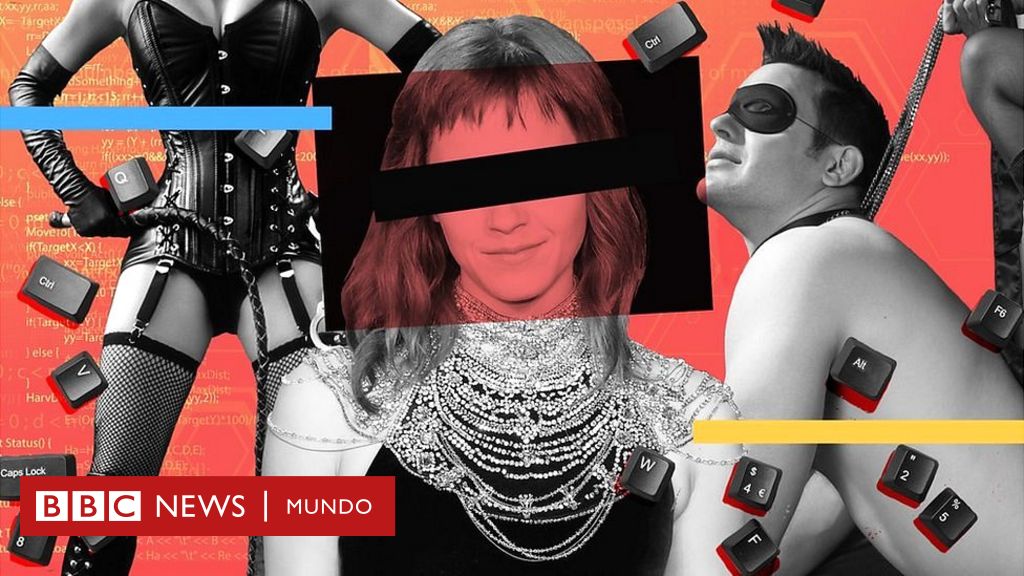
But when it comes to Deep Fakes, we urgently need to be on the front foot. a list of Deepfakes resources, deepfakes datasets, deepfake generation and detection methods. Too often we build the cool technology and ignore what bad guys can do with it before we start playing catch-up. On Friday, Google released a breakthrough in controlling depth perception in video. While the act of creating fake content is not new, deepfakes leverage powerful techniques from machine learning and artificial intelligence to manipulate or generate visual and audio content that can more easily deceive. The underlying technology for deepfakes is a hot area for companies working on things like augmented reality. She also unveils what it means for us as individuals, how Deep Fakes will be used to intimidate and to silence, for revenge and fraud, and how unprepared governments and tech companies are.Īs a political advisor to select technology firms, Schick tells us what we need to do to prepare and protect ourselves. Deepfakes (a portmanteau of 'deep learning' and 'fake') are synthetic media in which a person in an existing image or video is replaced with someone else's likeness. One major issue is deepfakes, or synthetic media, which are photos, videos or audio files manipulated by artificial intelligence (AI) in hard-to-detect ways. Using her expertise from working in the field, Nina Schick reveals shocking examples of Deep Fakery and explains the dangerous political consequences of the Infocalypse, both in terms of national security and what it means for public trust in politics. This crisis of misinformation we are facing has been dubbed the 'Infocalypse'.

So-called 'Deep Fakes' are not only a real threat for democracy but they take the manipulation of voters to new levels. 2018 The first instance of deepfake in Nexis, a database of thousands of news publications, is as the name of the person who first made these videos in the article the videos themselves. Deepfakes Might Be Used in Remote Job Interviews, FBI Warns The FBI said in an announcement that it has received complaints of people deepfaking their way into job interviews. Robert Chesney and Danielle Citron, Lawfare, 21 Feb.

When combined with powerful voice AI, the results are utterly convincing. Deep fakes raise the stakes for the fake news phenomenon in dramatic fashion (quite literally). Recent advances in AI mean that by scanning images of a person (for example using Facebook), a powerful machine learning system can create new video images and place them in scenarios and situations which never actually happened. It will soon be impossible to tell what is real and what is fake.


 0 kommentar(er)
0 kommentar(er)
